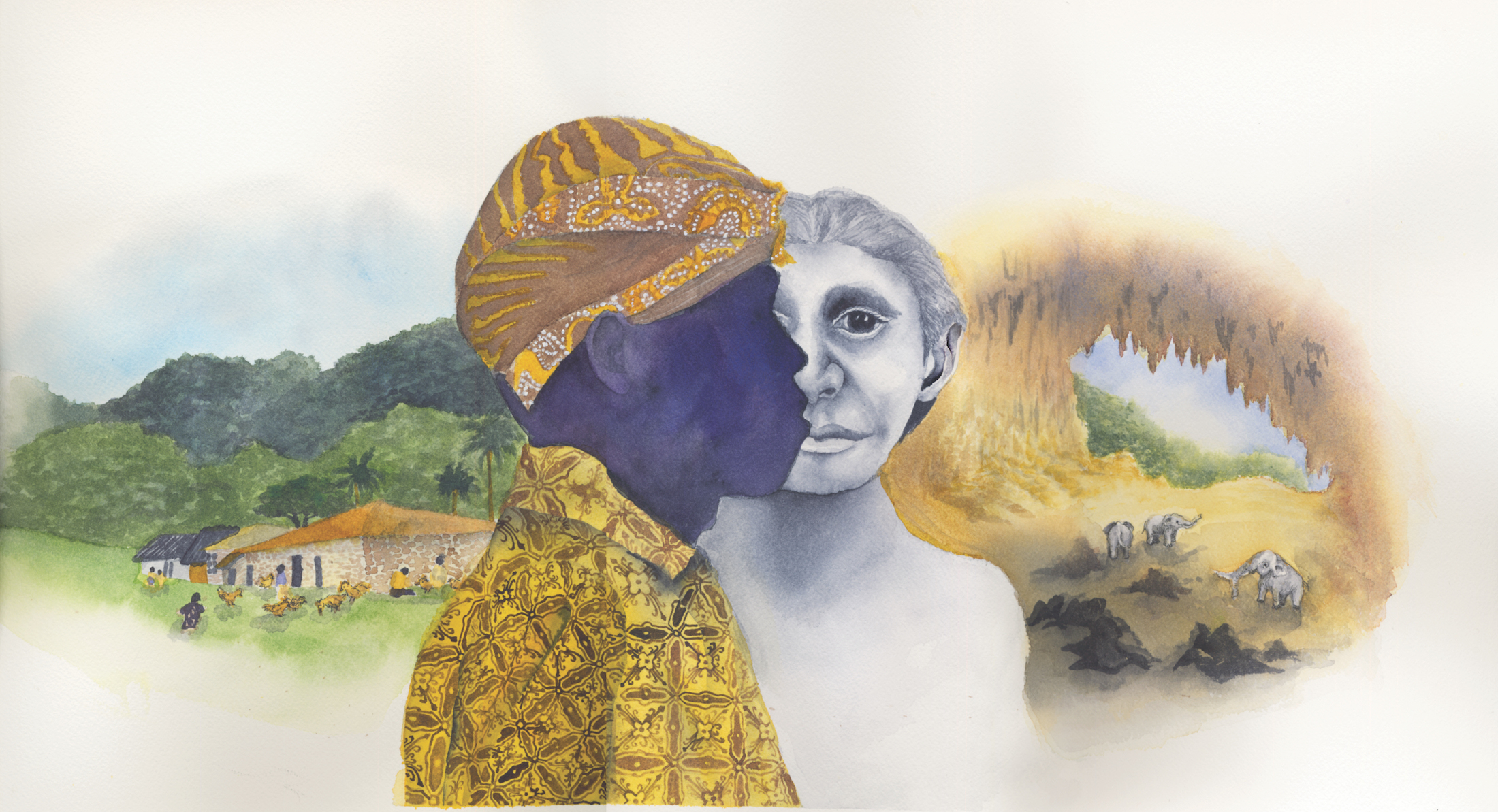
Are modern pygmies on Flores Island related to hobbits?
Researchers at Princeton University set out to investigate if the modern pygmies of Indonesia’s Flores Island are genetically linked to a pygmy population that previously existed on the island tens of thousands of years ago.
Scientists have never been able to recover DNA from the fossils of Homo floresiensis, also known as the “hobbit,” so the experts had to develop a tool for finding the ancient genetic sequences using modern DNA. The team created a new technique in the lab of Joshua Akey, a professor of Ecology and Evolutionary Biology at Princeton.
“In your genome – and in mine – there are genes that we inherited from Neanderthals,” said study first author Serena Tucci. “Some modern humans inherited genes from Denisovans (another extinct species of humans), which we can check for because we have genetic information from Denisovans.”
“But if you want to look for another species, like Floresiensis, we have nothing to compare, so we had to develop another method: We ‘paint’ chunks of the genome based on the source. We scan the genome and look for chunks that come from different species – Neanderthal, Denisovans, or something unknown.”
This approach was used to analyze the genomes of 32 modern Flores pygmies living in a village near the Liang Bua cave, where fossilized remains of H. floresiensis had been discovered in 2004.
“They definitely have a lot of Neanderthal,” said Tucci. “They have a little bit of Denisovan. We expected that, because we knew there was some migration that went from Oceania to Flores, so there was some shared ancestry of these populations.”
However, no chromosomal regions were found that had unknown origins.
Study co-author Richard “Ed” Green is an associate professor of Biomolecular Engineering at the University of California-Santa Cruz (UCSC).
“If there was any chance to know the hobbit genetically from the genomes of extant humans, this would have been it,” said Professor Green. “But we don’t see it. There is no indication of gene flow from the hobbit into people living today.”
The researchers did manage to identify evolutionary changes associated with diet as well as a high frequency of genetic variants associated with short stature.
“It sounds like a boring result, but it’s actually quite meaningful,” said Professor Green. “It means that these gene variants were present in a common ancestor of Europeans and the Flores pygmies. They became short by selection acting on this standing variation already present in the population, so there’s little need for genes from an archaic hominin to explain their small stature.”
Fossil evidence indicates that H. floresiensis was significantly smaller than the Flores pygmies, standing about 3.5 feet tall, which is 15 inches shorter than the average modern pygmy. Floresiensis also had different wrists and feet, which Tucci explained was likely due to the need to climb trees to evade Komodo dragons.
“Islands are very special places for evolution,” said Tucci. “This process, insular dwarfism, resulted in smaller mammals, like hippopotamus and elephants, and smaller humans.”
The study indicates that insular dwarfism evolved independently at least twice on Flores Island – first in H. floresiensis and again in the modern pygmies.
“This is really intriguing, because it means that evolutionarily, we are not that special. Humans are like other mammals; we are subject to the same processes.”
The research is published in the journal Science.
—
By Chrissy Sexton, Earth.com Staff Writer
Image Credit: Illustration by Matilda Luk, Office of Communications, Princeton University













